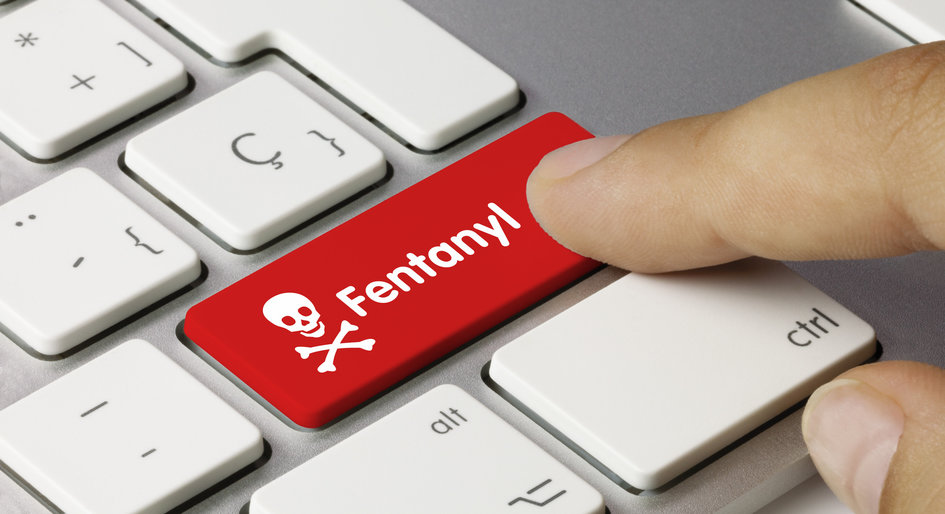What do Murder 8, Apache, China Girl, China White, Friend, Dance Fever, Goodfella, Jackpot, TNT, and Tango and Cash all have in common? They’re all street names for fentanyl or fentanyl-laced heroin.
Fentanyl is an incredibly powerful synthetic opioid analgesic used as an anesthetic and for the treatment of chronic pain. According to the Canadian Centre for Occupational Health & Safety, fentanyl is 100 times more powerful than morphine, 50 times more toxic than heroin, and 20 to 40 times more potent than heroin, all of which means the risk of an overdose is extremely high. The RCMP states that two milligrams of pure fentanyl—about the size of four grains of salt—can kill the average adult.
So why is fentanyl a topic of discussion in a rental apartment magazine? Because given the prevalence of fentanyl in other street drugs today, the police and fire department aren’t always the first to arrive at the scene of an overdose. Regardless of the neighbourhood, it can just as easily be landlords, property managers, realtors or janitors.
Death toll rising
According to the Justice Institute of British Columbia, 62 per cent of the province’s known fatal drug overdoses in 2016 involved fentanyl compared to just four per cent in 2012. In March 2017, the province recorded 120 fatal overdoses all linked to fentanyl, which is about 3.9 deaths per day.
Meanwhile, the Public Health Agency of Canada reported that of the 9,000-plus deaths recorded throughout Canada between January 2016 and June 2018, 2,066 were opioid-related. 94 per cent were accidental and 72 per cent involved fentanyl or fentanyl analogues.
Labs and covert operations
Because fentanyl is synthetic, it can be easily and inexpensively made in a lab, and labs can pop up just about anywhere—including rental apartments. Tasteless, odourless and difficult to detect, exposure can occur unintentionally simply by touch or inhalation.
If a landlord detects an illegal drug operation is underway on his or her property (tip-offs may include boarded windows, scales, chemicals, baggies and discarded pill casings) immediate action is required. Landlords are advised to evacuate the building at once and call in the authorities. Fentanyl poses a huge risk to anyone not wearing the right safety equipment, so it is imperative no one enters a contaminated unit or area unless authorized to do so.
In fact, Christian Cadieux, president of Toronto-based Crime & Trauma Scene Cleaners Inc., believes it is possible that flies and other insects might carry fentanyl-laced bodily fluids from a newly discovered corpse to a first responder. Several RCMP cases have involved officers entering vapour-filled vehicles or rooms, only to become gravely ill and in need of immediate medical attention after only a few minutes of exposure to the fentanyl-laced heroin.
In other words, there are no safe steps a landlord can take to verify a drug lab suspicion aside from alerting the police.
Overdose signs and symptoms
Similar to morphine or heroin, fentanyl works to bind opioid receptors in the brain to quickly depress the central nervous system and respiratory function while boosting levels of the chemical dopamine, which controls the feelings of pleasure, euphoria, reward and relaxation.
Many overdoses and deaths have occurred because individuals weren’t even aware they were consuming fentanyl, which can be in the form of powder, liquid (injection), skin patch, or pill. As mentioned, fentanyl can be mixed with other drugs, such as cocaine, heroin, and counterfeit pills made to look like legal prescription opioids.
If an individual has overdosed, signs will include: difficulty walking, talking, or staying awake. He or she may have blue lips or fingernails, unusually small ‘pinpoint’ pupils, clammy and cold skin, dizziness and confusion, nausea, extreme drowsiness, gurgling, choking, or snoring sounds, slow, weak or no breathing and the inability to wake up, even when shouted at or shook.
Anyone exhibiting these symptoms should be encouraged to sit up, or if incapable, positioned sideways while 911 is called. According to www.fentanylsafety.com, a website for first responders developed by the Justice Institute of British Columbia, Naloxone is a temporary antidote for opioid overdoses that when properly administered in a timely fashion, can restore normal breathing and consciousness to individuals experiencing an overdose. A Naloxone kit is available free to qualified individuals such as landlords from most pharmacies today provided they have a valid Health Card.
Meanwhile, if it was necessary to make physical contact with the victim, http://www.drugabuse.com advises the handler to thoroughly clean skin with soap and water, but not to use a hand sanitizer or bleach, which contain alcohol and may increase the absorption of fentanyl.
Executing an emergency response involving fentanyl is not something most rental housing operators signed-on for, but like many of the hats we wear today, sadly, it’s become part of the job. Being prepared in case it happens is the best way to prevent a tragedy.
Chris Seepe is a published writer and author, ‘landlording’ course instructor, president of the Landlords Association of Durham, and a commercial real estate broker of record at Aztech Realty in Toronto, specializing in income-generating and multi-residential investment properties. (416) 525-1558 Email cseepe@aztechrealty.com; website: www.drlandlord.ca





